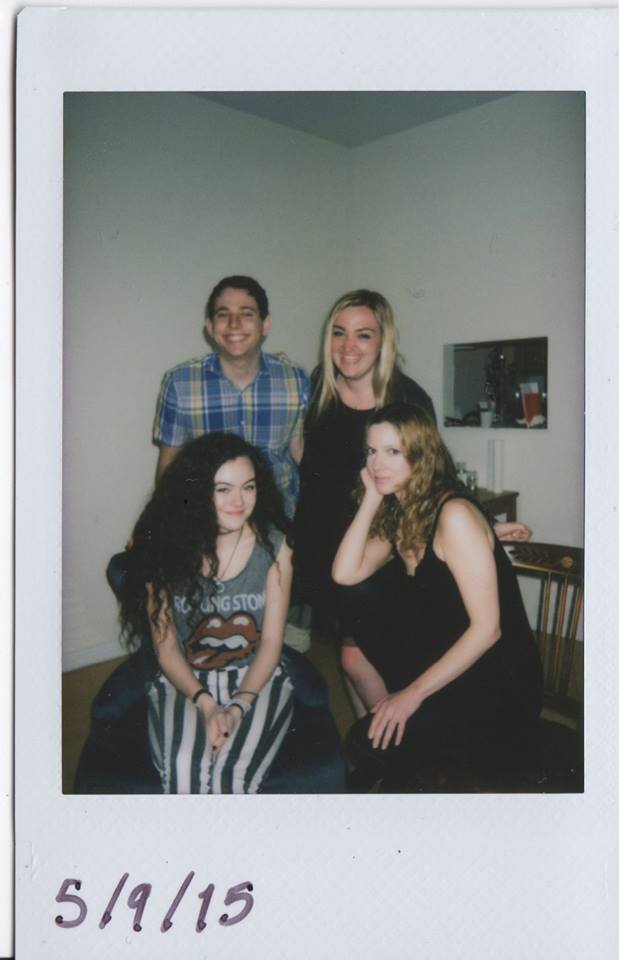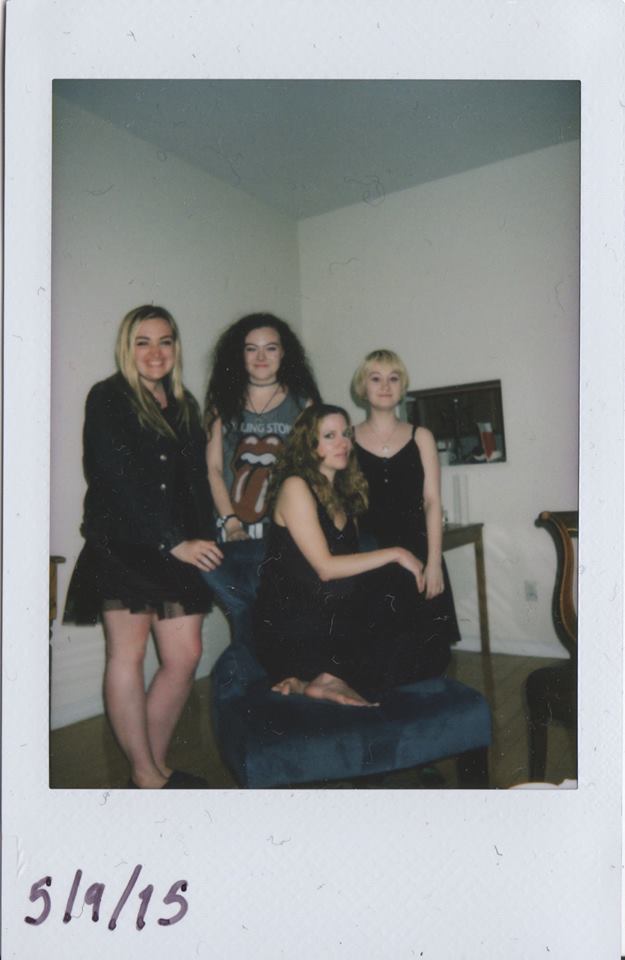This article was originally published on She In The Cle in June of 2018.
I’ve been thinking a lot about high school lately. I know that’s not something that many twenty-somethings want to admit, but here I am, putting it in writing. As my sister and I (Too Pink Pictures) are in the midst of preparing for production of our first ever full-length documentary, it feels like someone burned a bundle of glitter-and-hairspray-infused sage inside my brain. We’re creating a documentary about show choir— yes, show choir— the all-consuming, ultracompetitive extracurricular that plays such an iconic role in Ohio’s cultural landscape.
Though I ultimately was in one for two years, I was not a particularly obvious prospect for show choir: the level of unabashed earnestness needed to pull it off expertly wasn’t exactly in my wheelhouse as a greasy, pop-punk loving fifteen-year-old. Plus, it was a known fact that show choir was a cult, and I was already in several other cult-like cliques (art kids, music kids, drama kids, etc). I didn’t anticipate ever wanting to be in show choir…until the end of my freshman year of high school.
It was a fateful day in 2010 when a sudden held-breath hush fell over the previously rowdy crowd at Solon High School’s spring choir concert as a man’s voice came on over the PA, one that rang of showbiz. I sat in the audience, surely wearing something from Deliah*s, fully unaware of what I was about to witness.
“For over twenty-five years, Solon High School’s Music In Motion show choir has been entertaining audiences with their high-energy shows,” the voice recited. The lights whispers of other kids in the audience buzzed around me. As the voice continued to list all the facts and figures of the show choir, the excitement in the air grew more and more palpable.
“Sit back, relax, and enjoy the eight-part harmonies of Solon High School’s very own MUSIC IN MOTION!” I felt secondhand nervous for whoever was standing behind the curtain…until I saw them.
They were so beautiful. Standing in inhumanly perfect third positions, the female upperclassmen of MIM were real life Disney Princesses, standing onstage before our very eyes. Their knee-length baby doll dresses, composed entirely of royal blue sequins, sparkled like a fantastical ocean beneath stage lights surely hung and focused by cute, wise-beyond their years, male crewmembers.
The girls of MIM began to sing and I was absolutely blown away, practically transported into a parallel universe, or Broadway, or some glamorous place far, far away from Solon, Ohio. They were a gaggle of sirens, crooning out to an audience of potential show choir members, tempting them to submerge themselves into the alluring waters of the competitive choral world. I was but an unsuspecting sailor, being sucked into the wake of glitter and the promise of positive female role models who would maybe even tell me I was good at something.
As MIM’s first song melted into their second, I couldn’t pry my gaze away from the senior girls singing and dancing flawlessly, untouchably, in the front row. They all drove cars. They all made out with boys in nice refurbished basements— and not just on dares. They all got to walk around the halls of SHS with those MIM zip-ups. And they all had endless occasions that required wearing false eyelashes. I wanted to be one of them so badly.
I would, in fact, eventually become one of those girls— sort of— but the road to get there would grow to be one of the most defining sagas of my high school experience, if not my life. It took sweat, tears, and hours of practice just to be good enough to get in… and that’s when the real fun began.
Hundreds of hours of practice, gallons of sweat, (not too many tears), hair extensions, dozens of pounds of lost weight, dyed blonde hair. A diet composed purely of 2% cottage cheese, Nature Valley Honey and Oat Bars, Fruit Nuggets & Chipotle. As someone who had to audition for the group multiple times, I was constantly comparing myself to all the other girls around me. Was I the skinniest? Was I the most well-rounded? Was I doing well enough? Was I obviously the worst dancer? Being in show choir drove me to shoot for perfection, and for about eight months of my senior year of high school, it enabled me to feel like I actually had obtained that. I weighed 128 pounds and had a solo. That, simply enough, was really all it took.
That was my experience, but being in a competitive show choir is an intensely personal experience that varies widely from person to person. It’s more than just a borderline-embarrassing hobby, it’s more than just a high school resumé builder. Like most things that happen during high school, it’s a formative experience.
That is why my sister and I are making this documentary. Even while we both had somewhat fraught relationships with show choir, this sensational, emotionally supercharged world brought so much joy and confidence to our high school lives and continues to do so for kids today. If you’re a musician, an educator, a coming-of-age-movie fan, or just a hopeful teen at heart (aren’t we all?), this film is for you.

